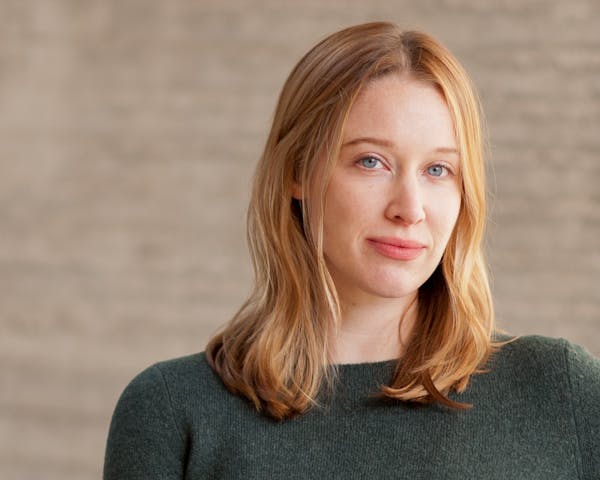As I write this, I am sitting at my dining room table, surrounded by stuff. I can see: seven stacks of books, three of them quite tall. A Scrabble game, still in its shrink wrap a year after it was given to me. Some old Ireland travel guides, and a map of Dublin dating back I am not sure how many years. Some ballpoint pens, some thank-you notes, some greeting cards.
Were I to practice the "Gentle Art of Swedish Death Cleaning" and start throwing things away — and that would not be a bad idea — author Margareta Magnusson would suggest I not start with the greeting cards. She would not even suggest I start with the books, or the game. She would have me start with the table.
Magnusson's book was published in the United States on Jan. 2, just a few days ago, but it has been making news ever since advance copies were sent out in August. It's a very short book — just over 100 pages — and when I first picked it up, I thought it could easily have been edited down to a magazine article, or even a tweet. When boiled down to its essence, the book says this: "Get rid of your stuff before you die so your loved ones don't have to do it for you."
But her writing grew on me. If it were boiled down, I would miss her voice. Magnusson describes herself as "somewhere between 80 and 100," and as I read I learned about her travels and life, her hobbies and children, her wonderful long-gone husband, her sense of humor. I also learned her system for getting rid of things. Reading her book is much like having a sensible, cheerful aunt sit you down to tell you hard truths that your mother is too nice to say.
You have too much stuff, she tells the reader firmly. We all have too much stuff.
She is horrified by Americans' propensity to rent storage units for their overflow. "People tend to hoard rather than throw away," she writes. "I have death cleansed so many times for others, I'll be damned if someone else has to death clean after me."
She means it, too. An artist, when she moved from a house to an apartment she realized she had to get rid of some canvases that were not perfect. And so she threw them into the fire. Wow!
It is no accident that the book came out this month. The new year, of course, is a time for diets and financial sobriety and making changes for the best and turning over a new leaf. A new broom sweeps clean, and all that. A great time to think about death and throwing away your beloved belongings.
Actually, though, not your beloved belongings. There's a reason Magnusson would start with the table and not the greeting cards. "Don't start with photographs — or letters and personal papers," she writes. "If you start with them, you will definitely get stuck down memory lane and may never get around to cleaning anything else. … Start with the large items in your home, and finish with the small."
And if you need it, of course, don't get rid of it. I need my table. But I might not need this Scrabble game.
Ever since the publication of Japanese writer Marie Kondo's "The Life-Changing Magic of Tidying Up," we have been turning to other cultures to help us figure out how to live.
There is also "The Little Book of Lykke: Secrets of the World's Happiest People," by Danish author Meik Wiking, a companion volume to his "The Little Book of Hygge: Danish Secrets to Happy Living."
But it is Magnusson who dares to use the D-word, right there in the title: Death. It gets attention. Me, I'm not dying. Not that I know of, anyway. But I am going to go clean off the dining room table.
Laurie Hertzel is the Star Tribune senior editor for books. On Twitter: @StribBooks. On Facebook: facebook.com/startribunebooks
